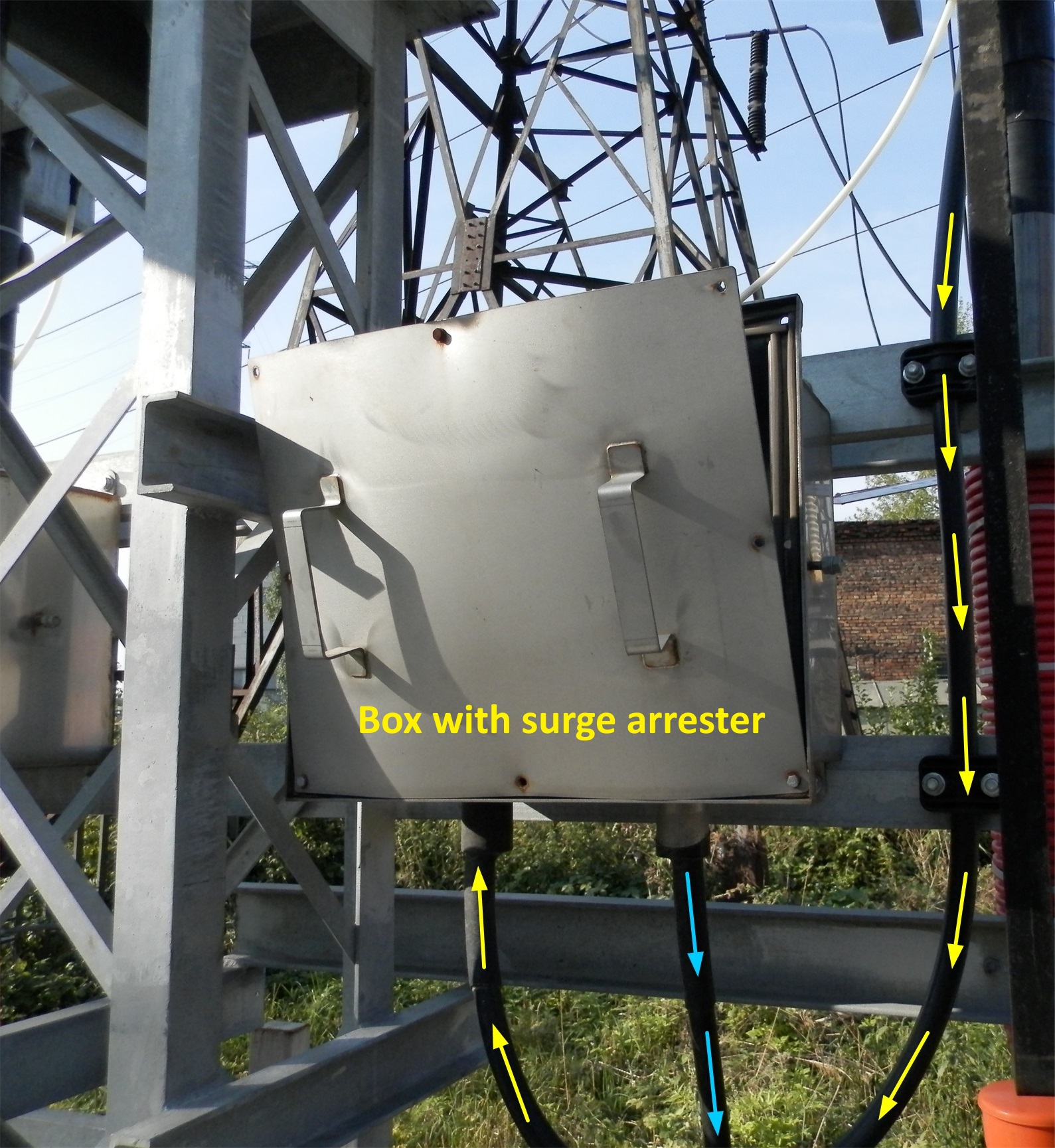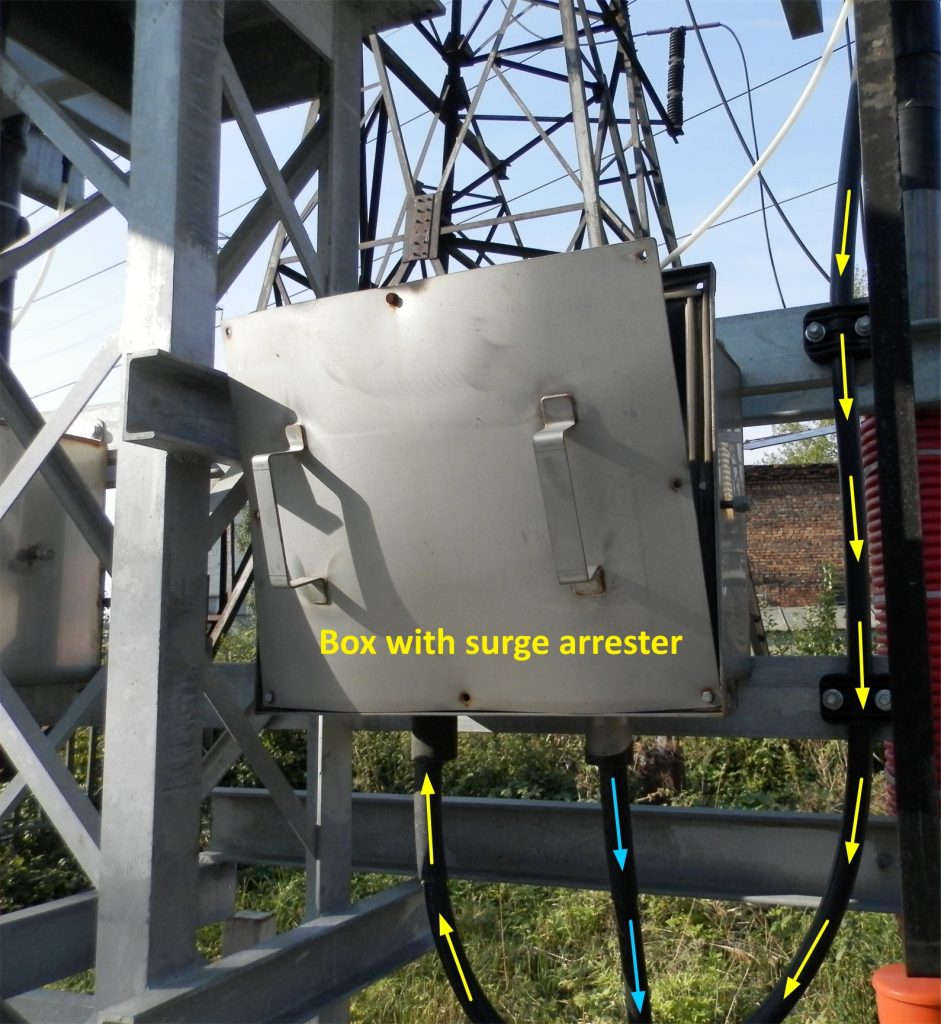
Explosion safety of boxes for screens grounding
When using single-core 6-500 kV cables, various grounding schemes of screens are known. However, regardless of the scheme, it is recommended to connect cable screens to the ground at the ends of the line using special boxes. They are useful for personnel safety and convenience of testing the outer sheath of single-core cables. There are two types of such boxes:
1️⃣ For direct grounding of screens.
2️⃣ For installation of surge arresters (of voltage class of 3-6 kV), designed to protect the single-core 6-500 kV cable outer sheath from impulse overvoltages (which is important in the case of one-side screens grounding).
Boxes can be three-phase (one box for all three phases of the cable line at once) or single-phase (one box for each phase of the cable line). The photo shows exactly a 110 kV cable line single-phase box with a surge arrester (SA) installed inside. Why was the lid of the box bent? These are the consequences of a short circuit in a 110 kV single-core cable.

In case of a short circuit in the single-core cable, the voltage of 50 Hz on the cable screen can rise up to 10-20 kV or even more, which is unacceptably high for a SA of class 3-6 kV installed in the end box. As a result, such a SA is quickly overheated and damaged. As a result, despite of the one-side screens grounding, the cable short-circuit current enters the ground not only through the grounded end of the screen, but through both cable screen ends (including a damaged SA installed in the box). The yellow arrows show the current passes from the screen of the cable through the connecting wire into the box. The blue arrows show the path of the current from the box to the ground.
It can be seen that SA damage in the box and the passage of a large short-circuit current inside the box led to an increase in pressure inside the box and a violation of its lid. The box had only 8 bolts around the perimeter (and some of those 8 bolts, most likely, were missing by personnel even before the damage). This reduced number of bolts allowed the lid of the box to simply bend back and relieve the increased pressure inside the box.
This case raises questions:
1️⃣ How would the end box behave if it had many (20-30) bolts?
2️⃣ Are we sure that the cable entry into the box from below should be strongly sealed? Or is it better to leave these places free so that they act as pressure relief valves in case of SA damage inside the box (the increased pressure is discharged downwards, and does not threaten the personnel)?
3️⃣ Maybe the lid of the end box should be done on hinges, so that if SA damaged inside, this lid does not fly away, but simply opens?
Unfortunately, I don’t have clear answers to these questions. Maybe our group members or other industry professionals have them.
